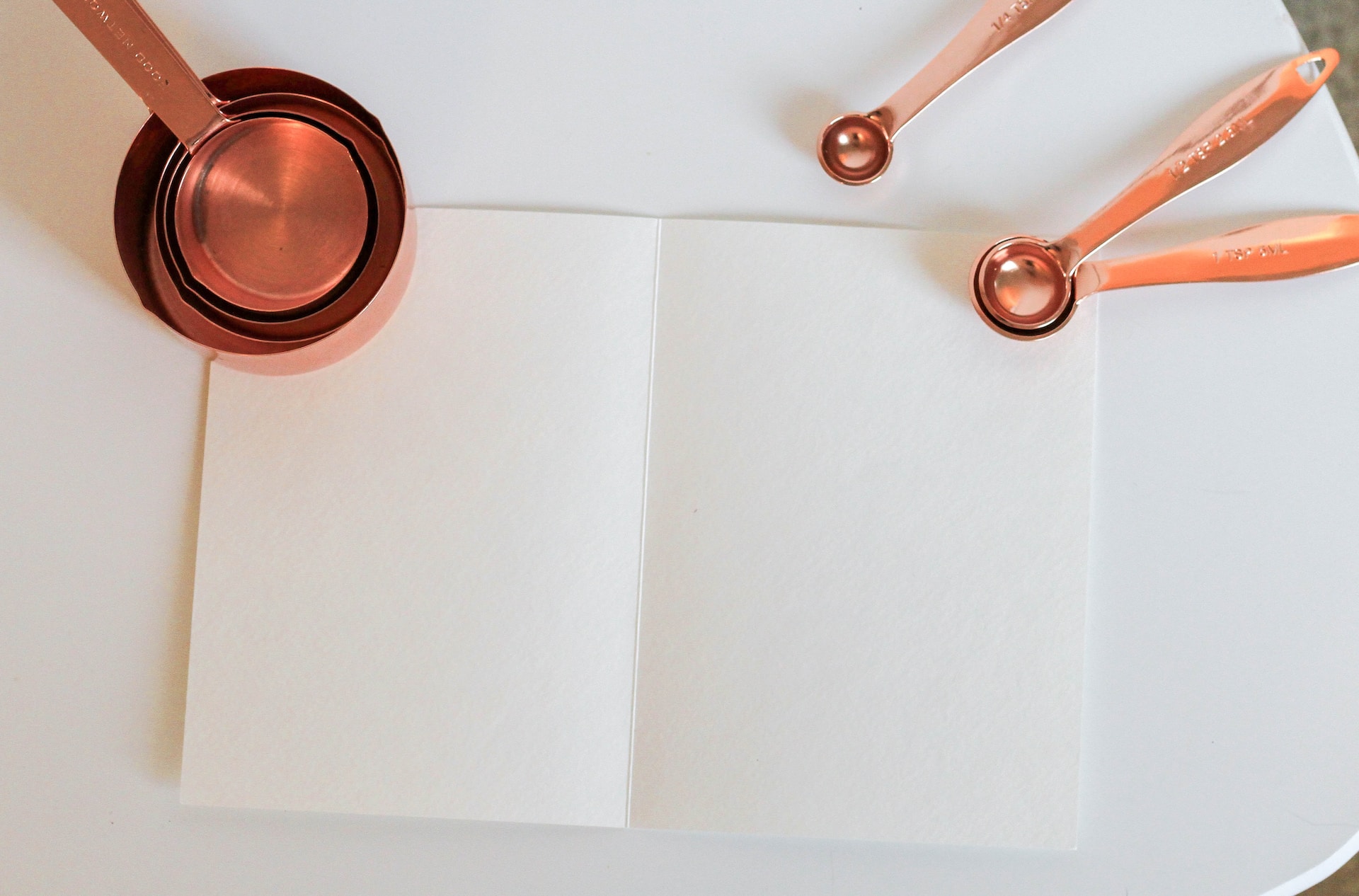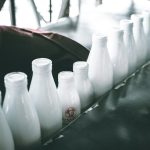
In the intricate world of culinary arts, precision is paramount. From mastering intricate recipes to improvising on the fly, a chef’s success often hinges on the ability to navigate the labyrinth of measurements accurately. One such common conversion that frequently graces the culinary arena is the interplay between quarts and cups. In this comprehensive exploration, we embark on a scientific journey to unravel the intricacies of the quarts-to-cups conversion, offering a nuanced understanding of these essential units.
Key Takeaways
- Fundamental Units: Teaspoon, tablespoon, fluid ounce, cup, pint, quart, and gallon are fundamental units in culinary measurements.
- Quart and Cup Definitions: A quart is 32 fluid ounces (U.S.) or 40 imperial fluid ounces (British), while a cup is 8 fluid ounces (U.S.) or 10 imperial fluid ounces (British).
- Conversion Formula (U.S.): 1 quart equals 32 fluid ounces; 1 cup equals 8 fluid ounces. So, 4 quarts equal 16 cups in the U.S. customary system.
- Conversion Formula (British): In the British imperial system, 4 quarts equal 16 cups, with 1 quart being about 40 imperial fluid ounces and 1 cup about 10 imperial fluid ounces.
- Significance in Cooking: Understanding quarts-to-cups conversion is crucial for precise measurements in baking, sauces, soups, and large-scale cooking.
- Historical Evolution: The transition from ancient measurement systems to standardized units like quarts and cups reflects a historical shift towards precision.
- Global Culinary Communication: While focusing on imperial and U.S. customary units, understanding metric conversions fosters global culinary communication.
Fundamental Units of Measuring Food Products
To comprehend culinary measurements fully, it is essential to grasp the fundamental units commonly encountered in recipes. Let’s explore these units in more detail:
- Teaspoon (tsp) and Tablespoon (Tbsp): These small but mighty units are often used for precise measurements of spices, extracts, and other flavorings. Three teaspoons make a tablespoon, providing a convenient conversion between the two.
- Fluid Ounce (fl oz): A fluid ounce measures liquid volume and is crucial for accurately portioning liquids in recipes. There are 8 fluid ounces in a cup, making it a fundamental unit for both small and large liquid quantities.
- Cup (c): The cup is a versatile unit, used for both liquid and dry ingredients. In the U.S. customary system, 1 cup equals 8 fluid ounces or 16 tablespoons. It is a cornerstone unit in most recipes, offering a middle ground between the small teaspoon/tablespoon measurements and larger quart and gallon quantities.
- Pint (pt), Quart (qt), and Gallon (gal): These larger units are employed for bulk measurements, particularly in recipes that serve a crowd. Understanding the relationships between these units is essential. For instance, 1 pint is equal to 2 cups, 1 quart is equal to 4 cups, and 1 gallon is equal to 16 cups.
What are Quarts and Cups?
To comprehend the conversion process fully, it is imperative to establish a solid understanding of the units involved: quarts and cups.
- Quart: A quart, a unit of volume measurement entrenched in both the United States customary and British imperial systems, is a fundamental building block of culinary quantification. In the U.S., one quart equals 32 fluid ounces or approximately 0.946 liters. On the other side of the Atlantic, the British imperial quart stands slightly larger, measuring 40 imperial fluid ounces or about 1.136 liters.
- Cup: The cup, another pivotal player in the culinary orchestra, is a unit of volume extensively employed in cooking and baking. In the U.S., 1 cup equals 8 fluid ounces or approximately 0.24 liters. In the imperial system, a cup is slightly more capacious, measuring about 10 imperial fluid ounces.
How are Quarts Converted to Cups?
The quintessential question that often arises in the kitchen is how many cups are in a quart? Let’s unveil the scientific insights behind this conversion, dissecting the intricate relationships between quarts and cups.
United States Customary System:
- 1 quart = 32 fluid ounces 1 cup = 8 fluid ounces
- Now, to find the number of cups in 4 quarts: 4 quarts × 32 fluid ounces/quart ÷ 8 fluid ounces/cup = 16 cups
- Therefore, 4 quarts equal 16 cups in the U.S. customary system.
British Imperial System:
- 1 quart ≈ 40 imperial fluid ounces 1 cup ≈ 10 imperial fluid ounces
- Similarly, to find the number of cups in 4 quarts in the imperial system: 4 quarts × 40 imperial fluid ounces/quart ÷ 10 imperial fluid ounces/cup = 16 cups
- Hence, 4 quarts is also equivalent to 16 cups in the British imperial system.
By mastering these conversion factors, cooks can seamlessly navigate recipes that use metric measurements.
Significance of Measuring Quarts and Cups
The significance of this conversion extends beyond the realm of mere arithmetic. It is the linchpin that ensures the seamless execution of recipes, transforming a medley of ingredients into culinary masterpieces. Whether one is a seasoned chef in a Michelin-starred kitchen or a novice experimenting in a home kitchen, the precision achieved through understanding the quarts-to-cup conversion is pivotal.
To truly appreciate the importance of this conversion, let’s delve into some practical culinary scenarios where precise measurements are imperative.
- Baking Marvels: In the world of baking, where the alchemy of flour, sugar, and leavening agents unfolds, precision is non-negotiable. Consider a recipe that calls for 4 quarts of flour. Understanding that this is equivalent to 16 cups allows the baker to meticulously measure each cup, ensuring the delicate balance necessary for a perfect rise and texture.
- Sauces and Soups: Culinary creations like sauces and soups often require careful measurements to achieve the desired consistency and flavor profile. Imagine crafting a velvety béchamel sauce for a lasagna, where every cup of milk contributes to the overall richness. Knowing that 4 quarts equal 16 cups becomes instrumental in achieving that luscious texture.
- Large-scale Cooking: In professional kitchens catering to large crowds, understanding conversions becomes even more critical. A recipe designed for a banquet might call for several quarts of a particular ingredient. Converting these quantities to cups allows chefs to scale recipes according to the number of servings required without compromising on quality.
Historical Evolution of Quart Measurement
The evolution of measurement systems, from ancient civilizations to the modern era, adds a historical dimension to the quarts-to-cups conversion.
- Ancient Measures: Early civilizations, such as the Egyptians and Romans, had their systems of measurement, often based on body parts or natural phenomena. The transition to standardized units like quarts and cups represents a historical shift toward precision in quantification.
- Metric Influence: While the quarts-to-cups conversion primarily revolves around imperial and U.S. customary units, the metric system has gained prominence globally. Understanding these conversions provides a bridge between different measurement systems, fostering global culinary communication.
Final Thoughts
In conclusion, the conversion from quarts to cups is not merely a numerical exercise; it is a gateway to culinary precision and scientific understanding. Whether one is baking a delicate soufflé, simmering a savory stew, or embarking on a culinary experiment, the ability to convert between quarts and cups is a skill that transcends the kitchen. It is a testament to the fusion of science and art that defines the culinary world, where precise measurements lay the foundation for gastronomic excellence. As we continue to explore the vast landscape of culinary arts, let the quarts-to-cups conversion be a guiding star, illuminating the path toward culinary mastery.
Also Read: Gallon Science: How Much Does a Gallon of Milk Weigh?
FAQs
- Q: What is the relationship between teaspoons and tablespoons?
- A: Three teaspoons make a tablespoon.
- Q: How many fluid ounces are in a cup?
- A: There are 8 fluid ounces in a cup.
- Q: What is the U.S. quart-to-cup conversion?
- A: 1 quart equals 4 cups in the U.S. customary system.
- Q: How does the British imperial quart differ from the U.S. quart?
- A: The British imperial quart is slightly larger, measuring about 40 imperial fluid ounces compared to the U.S. quart’s 32 fluid ounces.
- Q: Why is understanding quarts-to-cups conversion essential in baking?
- A: It ensures precise measurements, crucial for achieving the delicate balance necessary for baking.
- Q: How does the quarts-to-cups conversion impact large-scale cooking?
- A: It allows chefs to scale recipes for the required servings without compromising on quality.
- Q: What role does historical evolution play in culinary measurements?
- A: It represents a historical shift towards precision, transitioning from ancient, varied measurement systems to standardized units.








2 Comments
Wow, this blogger is seriously impressive!
I appreciate your creativity and the effort you put into every post. Keep up the great work!